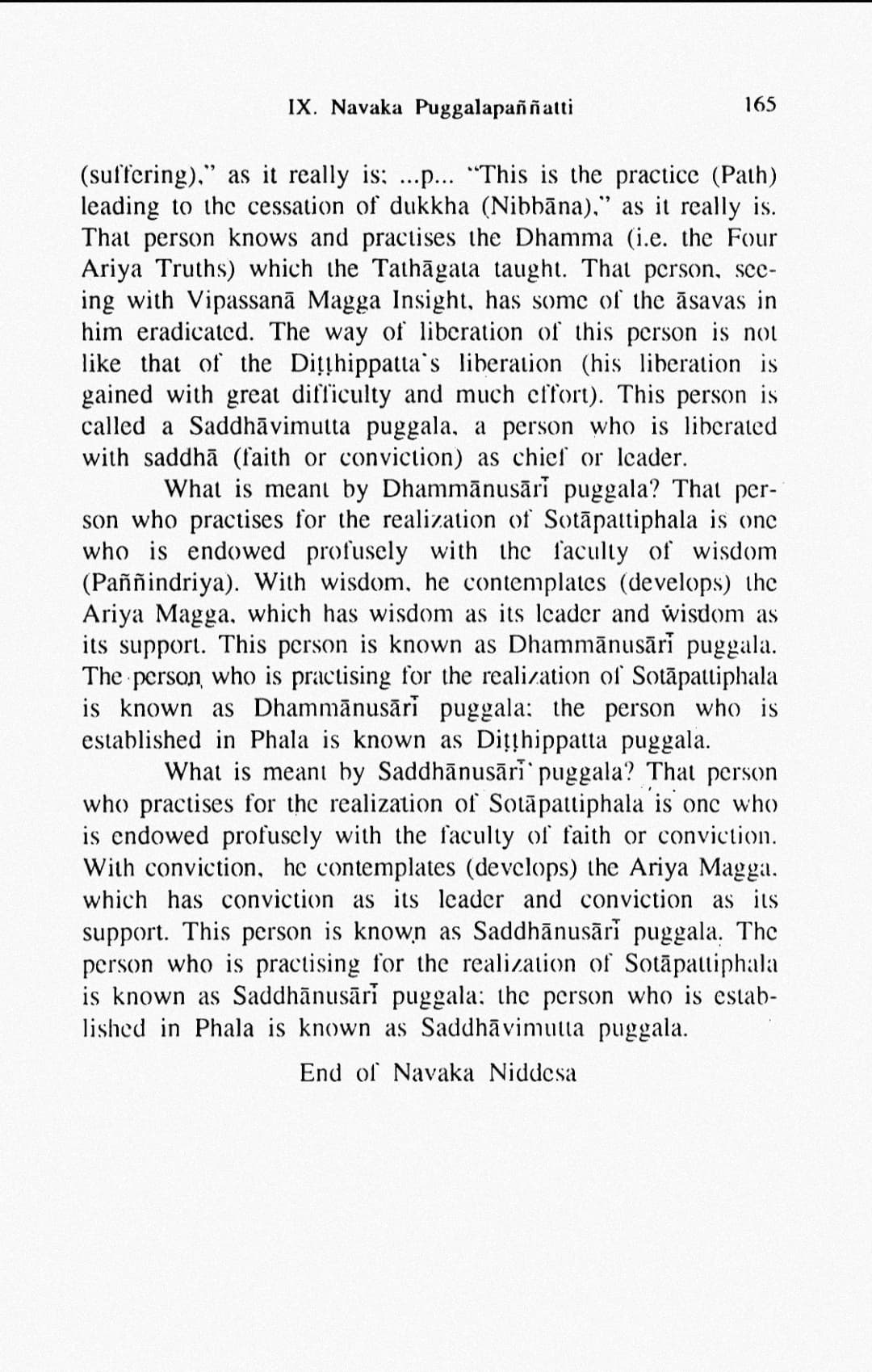This old post from ven Dhammanando has some good info:
https://groups.io/g/dsg/message/69360
This is a late reply to message #60469 (Thu Jun 15, 2006) in which you discussed the phrase sotaapattiphalasacchakiriyaaya pa.tipanno (‘practising for the realization of the fruition of stream-attainer’) as it occurs in the Dakkhi.naavibhanga Sutta.
I don’t recall anyone posting any more detail, but as this very issue has just come up on E-sangha I thought I would post here my reply to a question from the Czech monk Ven. Gavesako (Jakub Bartovsky):
Ven.G:
“Can I ask, how does the commentary explain the 8 types of individuals mentioned in the Suttas, namely, “one practising for realizing the fruit of stream-entry”, “stream-enterer” and so on? (These are also described as recipients of offerings, which means they have to be at that particular stage for more than a single moment.)”
Dh:
I think phalasacchikiriyaaya pa.tipanna would be better translated as “one who has entered upon the way to the realisation of the fruit…” (~Naa.namoli’s rendering), rather than “one practising for…”
In answer to your question, a good place to start is the commentary to the Dakkhi.naavibhanga Sutta (MN. 142); this is one of the suttas in which these persons are described as potential recipients of offerings.
It should be noted that the 8 types in this Sutta do not perfectly overlap with the “4 pairs of persons, 8 kinds of individuals” that constitute the Noble Sangha, for the 4 pairs here are not attainer of the path vs. attainer of the fruit, but rather, one who has entered upon the way to realisation of the fruit vs. one has realised the fruit. In the commentarial exposition, disciples in whom sotaapatti magga has arisen are just one sub-class of persons who have entered upon the way to realisation of sotaapatti phala.
The phrase “one who has entered upon the way to realisation of the fruit of stream-entry” (sotaapattiphalasacchikiriyaaya pa.tipanna) is defined by the commentary according to the Sutta Method, and the definition given is a rather broad and inclusive one; in this context any worldling who has become an upaasaka by going to the three refuges is reckoned as “one who has entered upon the way to realisation of the fruit…” The commentator remarks that being an upaasaka with the three refuges is the bare minimum (he.t.thimako.ti) for a person to be counted as such; he then proceeds to list seven other types who are progressively more worthy to be recipients of offerings:
- one established in the five precepts;
- one established in the ten precepts;
- one who goes forth as a saama.nera (so long as the offering is given to him on the day he goes forth);
- a bhikkhu who is dutiful (vattasampanna);
- a vipassaka (i.e. one who has developed insight up to but not including the knowledge of rise and fall);
- an aaraddhavipassaka (one who has developed strong insight, i.e. knowledge of rise and fall onwards);
- a maggasamangii (one possessed of the factors of the path).
The last is the highest type and is the only one who has actually attained sotaapatti magga.
The commentator then asks if it is possible to give a gift to a maggasamangii, considering that such a ‘person’ only exists for a single mind-moment. He answers that it is and gives the example of an aaraddhavipassaka bhikkhu who goes to a layman’s house for almsfood, the people there take his almsbowl from him and then emergence of the path ( magga-vu.t.thaana) occurs in him at the same moment that they are putting food in his bowl. There are a few other examples given, but they are essentially the same, differing only in the manner in which the food is given.
Later, to make the difference between the two lists of eight clearer to another poster, I summarized them:
List A: the Noble Sangha:
-
Attainer of the path of stream-entry. (ariyan).
-
Attainer of the fruit of stream-entry. (ariyan).
-
Attainer of the path of once-returning. (ariyan).
-
Attainer of the fruit of once-returning. (ariyan).
-
Attainer of the path of non-returning. (ariyan).
-
Attainer of the fruit of non-returning. (ariyan).
-
Attainer of the path of arahatta. (ariyan).
-
Attainer of the fruit of arahatta. (ariyan).
List B: Eight persons worthy of gifts:
-
One who has entered upon the way to the realization of the fruit of stream-entry. (might be an ariyan or puthujjana. If he’s an ariyan then he will be the same as person 1 in List A).
-
Stream-entrant. (ariyan = person 2 in List A).
-
One who has entered upon the way to the realization of the fruit of once-returning. (ariyan).
-
Once-returner. (ariyan).
-
One who has entered upon the way to the realization of the fruit of non-returning. (ariyan).
-
Non-returner. (ariyan).
-
One who has entered upon the way to the realization of the fruit of arahatta. (ariyan).
-
Arahant. (ariyan).
And in another later post I added the qualification that though the above is the case with the Dakkhi.naavibhanga Sutta, there are other suttas in which person 1 in List A refers only to the maggasamangii / attainer of the path of stream-entry, and so in these suttas the list consists entirely of ariyans.
Best wishes,
Dhammanando
